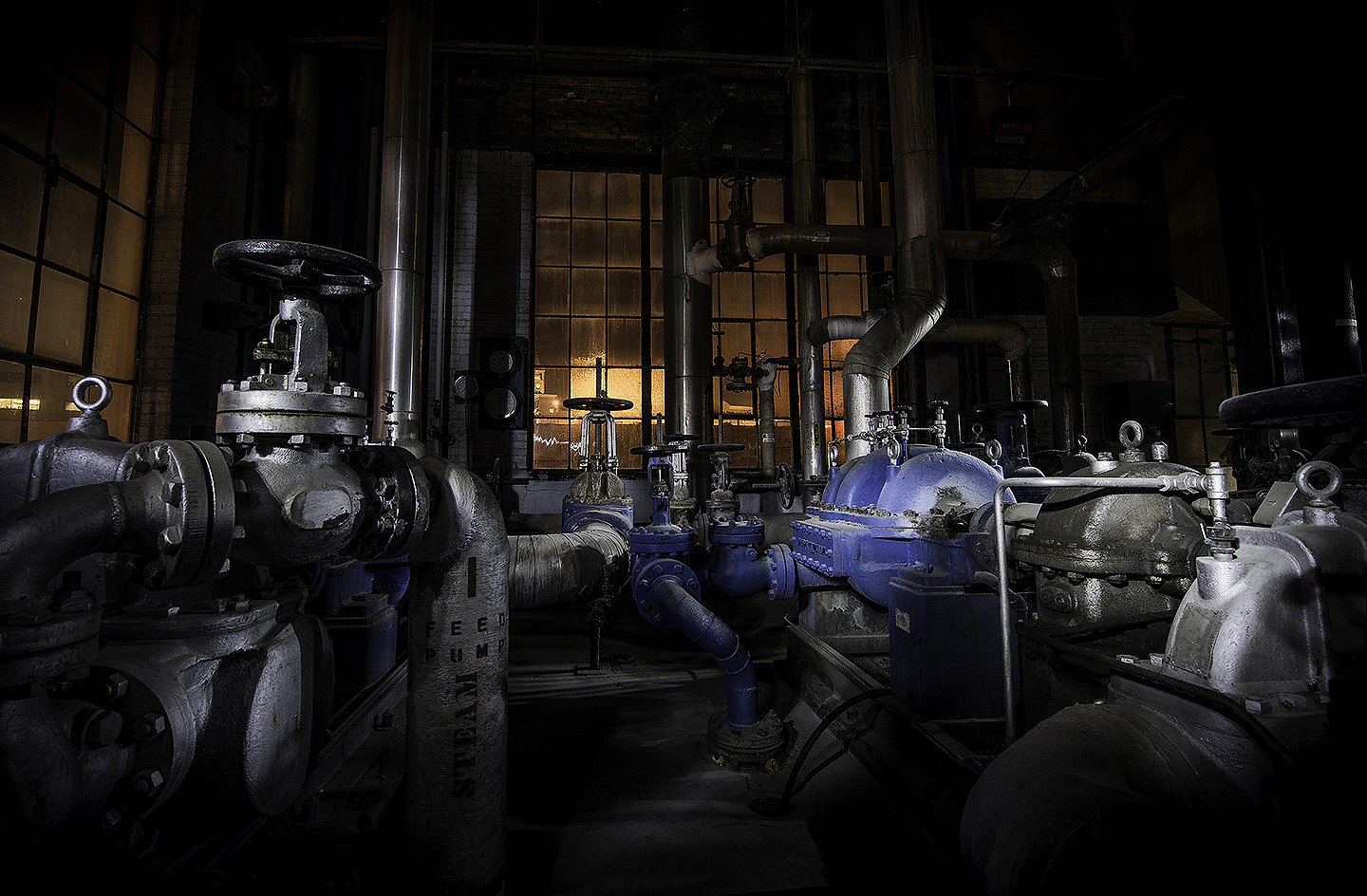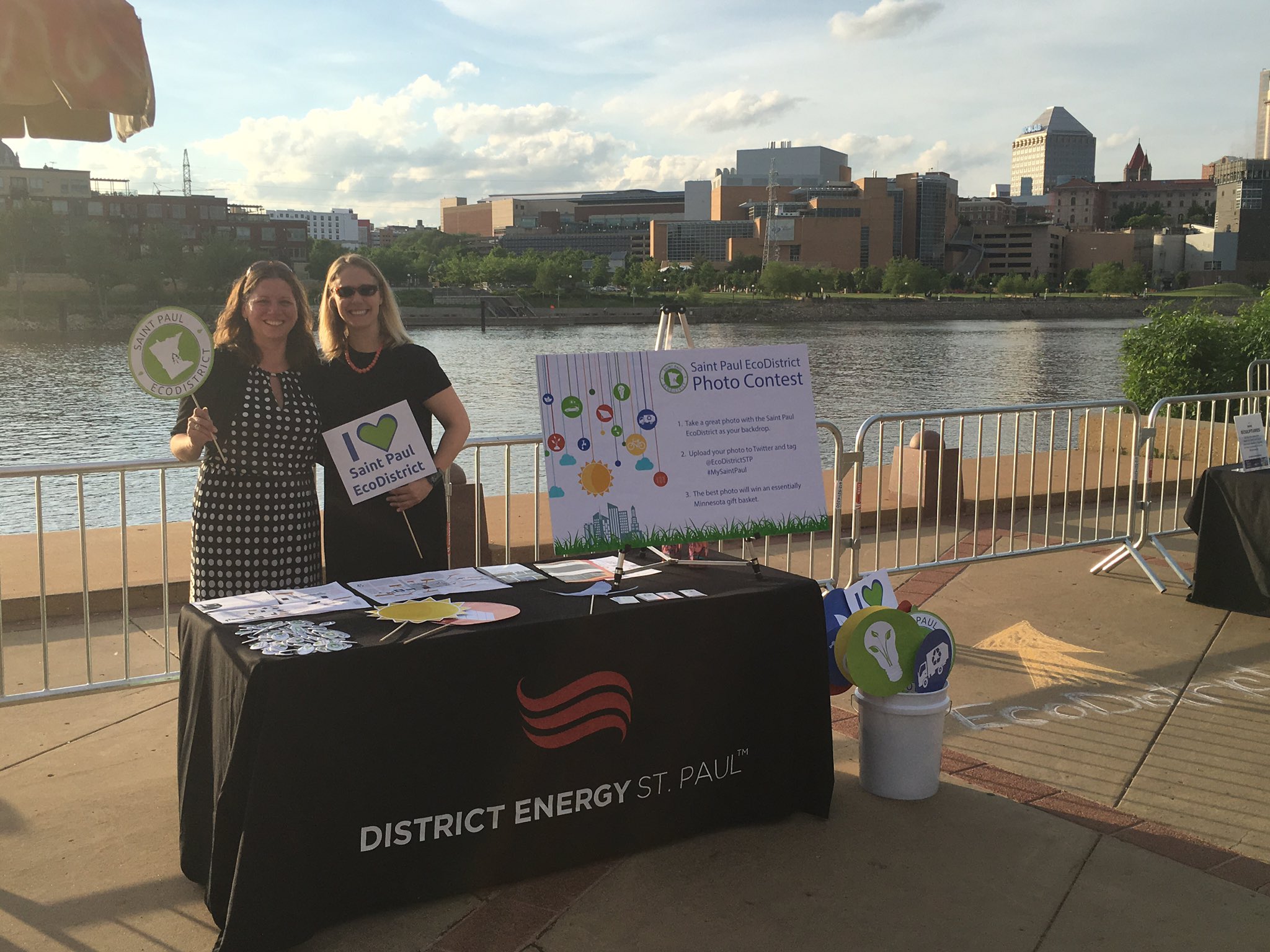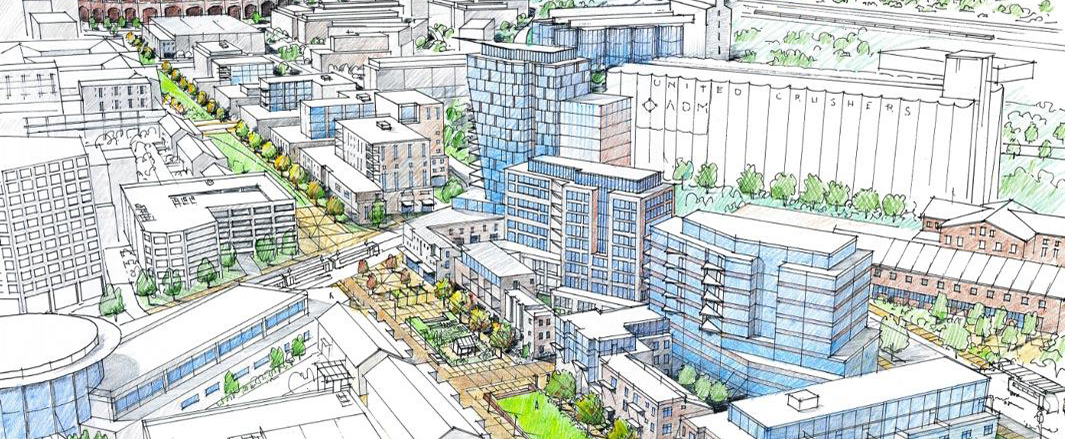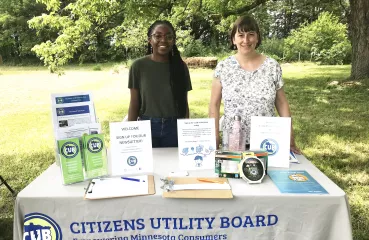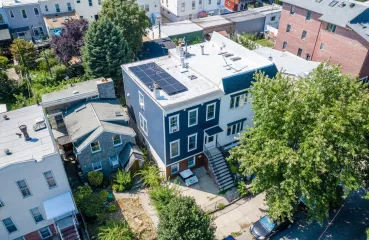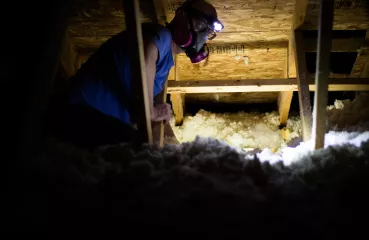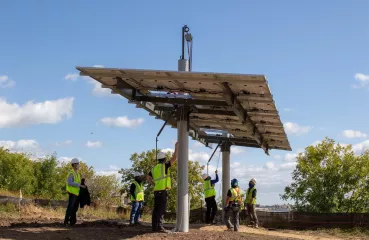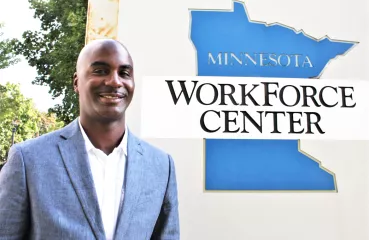Marie Donahue: It’s helpful to hear how you are working with these different partners. Now, to reflect a bit on this past year, recognizing the ongoing COVID-19 pandemic, systemic racism and economic uncertainty that we're facing, how has your work changed and how are you feeling about the clean energy sector in these times?
Nina Axelson: I think for a lot of people in 2020, we were called to question the purpose of the work that we do. Because the problems we were facing as a country, as the world, were so big and scary and uncertain. I think me, my coworkers, the leadership in our organization, and our partners, we have all really, in an inspiring way, taken stock of: “What is my purpose, and who can I help in this time? Where can I be impactful?” Given that we work with higher ed and healthcare, they are so centered on how do they keep students safe? How do they keep faculty safe? How do they keep patients and doctors and healthcare staff safe?
For us, we had to think about what kind of impacts could affect our utilities and to make sure that those—and we have several hospitals on each of our systems—how do we make sure that they have energy that they need in these dire times? And so, our purpose is in serving reliable energy. Making sure that our staff stay safe, so that they can be there for our customers and for the people that rely on us.
There is just so much that you can unpack with that question, but I think really for us, it was starting with who needs us and how do we show up for them in a way that they need us to in this really troubled time? And, in particular, it was just energy delivery basics—that’s where it really started for us. For our teams, that was really what centered everybody. I'm so proud of how the company came together to balance that energy reliability with keeping all our staff safe through COVID.


.png)


